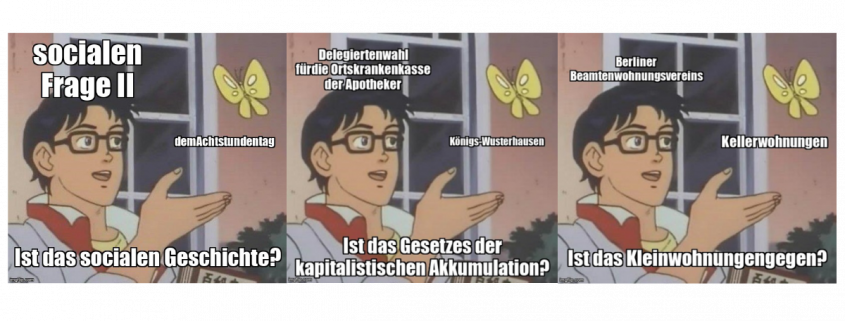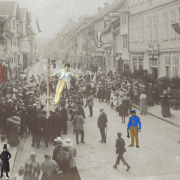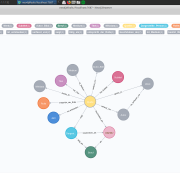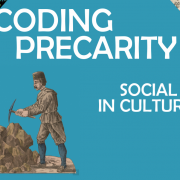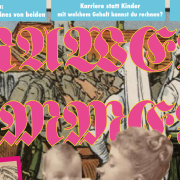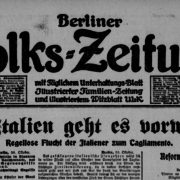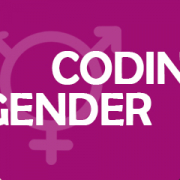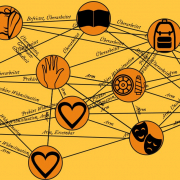Historical Memes For German Teens
This project was developed during the hackathon Coding Precarity and was awarded by the jury in the category “Most Innovative”.
„Historical Memes For German Teens“ uses the meme format to provide insights into economic and socio-political questions of the late 19th and early 20th century for a young generateion with an affinity for the Internet. Natural Language Processing (NLP) was used to select appropriate texts from the data set “Socialism and Liberalism”, which were then inserted into the image template.

Why Memes?
Memes are small pictures spread in the Internet, often scenes taken from films, which communicate new content by adding text to the picture. Memes can be harmless jokes, but also convey satirical content and social criticism.
Since the creation and distribution of memes is very simple and young people feel particularly addressed by them, memes are nowadays also uesd in online marketing. If the aim is to communicate political content, memes have the advantage of reaching also a non-political audience and can normalize previously radical ideas through their funny presentation.
The meme we use became viral in 2011 and shows a scene from a Japanese animated film by Katori Yutaro, Taiyou no Yuusha Fighbird (Brave of the Sun Fighbird).
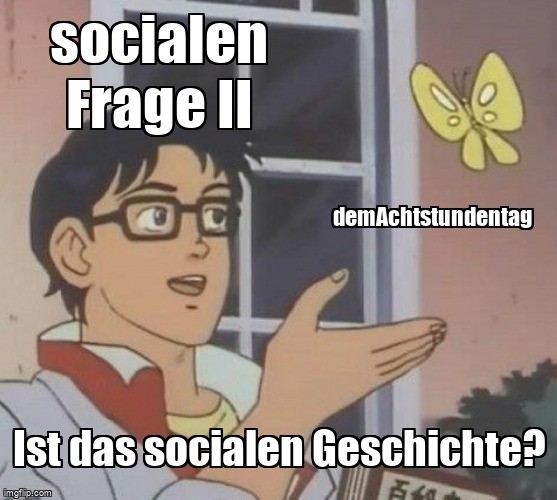
How does the text get on the picture?
In order to select text parts from the data set, Natural Language Processing methods were used, namely Topic Modelling and Named Entity Recognition (NER).
In a first step, Latent Semantic Indexing (LSI) is used to calculate the topics occurring in the data set. A topic is a collection of words, e.g. “housing issue, housing policy, rent, building, floor plan, municipality”. In a second step, named entities, i.e. proper names, are recognized. These can be organizations, persons, or places, such as “Berliner Beamtenwohnungsverein”, “Ira Stewart”, “Königs-Wusterhausen”. In a third step, proper names are assigned to topics, if a word from a topic occurs in a proper name.
The last step is the actual meme generator: a topic is randomly chosen and combined with three proper names assigned to the topic, which are placed on the image template, thus creating funny and surprising results!
Links
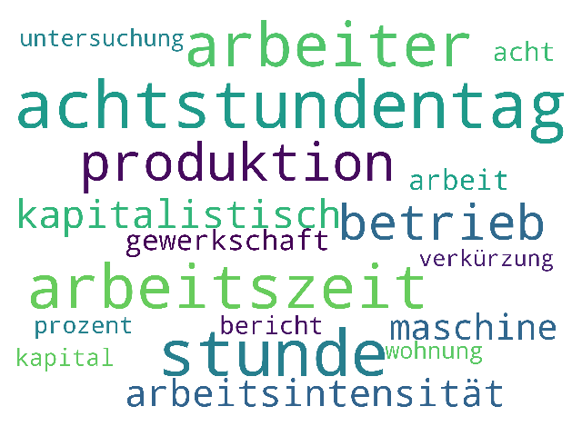
More outcomes of the hackathon Coding Precarity can be found here.
